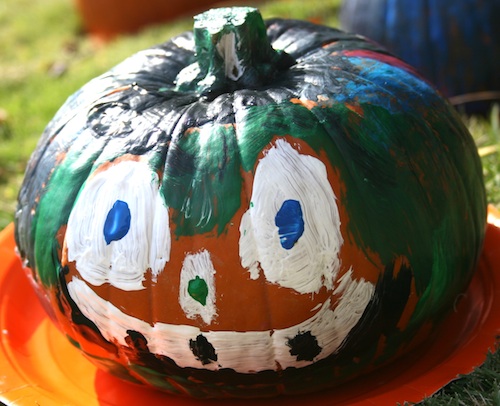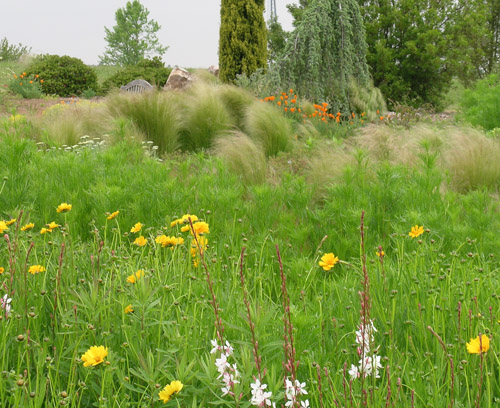 CAES News
CAES News
Preserving Pumpkins
Pumpkins are a staple of fall-time cuisine and festivities. Whether canned, dried or pickled, there are some important tips to keep in mind when preserving this holiday favorite. Due to natural acidity levels, pumpkins require certain precautions be taken when canning in order to make preserves that are safe to eat.






